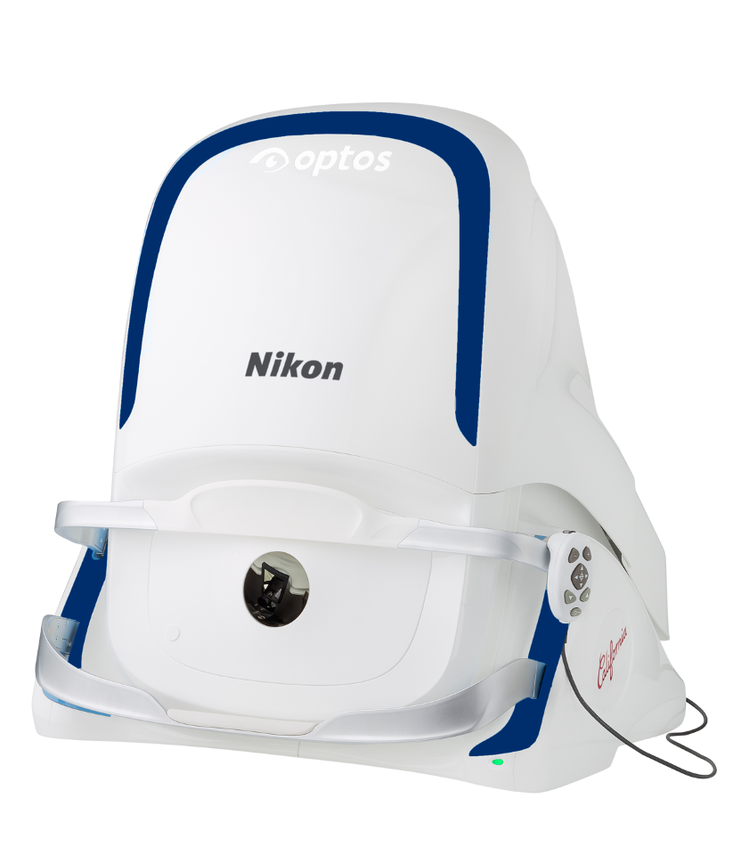The Pillars of optomap Imaging
Optos ultra-widefield (UWF™) retinal imaging enables healthcare professionals to discover, diagnose, document, and treat ocular pathology that may first present in the periphery - pathology which may go undetected using traditional examination techniques and equipment. Over the next few weeks, we will take a deeper dive into the value of optomap® technology and the pillars on which it stands; enhancing practice flow, improving outcomes, protecting vision, and imaging safely.
optomap Enhances Practice Flow
optomap UWF technology produces a high-resolution, 200° image in less than ½ second. The technology has been proven to reduce patient visit time and improve practice flow and practice economics.1 Doctors need tools that support patient engagement without sacrificing efficiency. Eye care providers turn to UWF imaging to streamline clinic flow and connect with patients while keeping both them and their staff safer. John Kitchens, MD, and his panel in a recent webinar, provide an overview of UWF imaging and options for implementing the technology in a practice.
optomap Improves Outcomes
optomap is a proven tool for effective clinical decision-making. Thousands of clinical trials and hundreds of published cases and testimonials prove the value of optomap imaging in diagnosis, disease management, and patient engagement. Optos UWF technology is helping tens of thousands of doctors make better clinical decisions every day. Retinal imaging fulfills a need in supporting the detection and management of both ocular and systemic disease and optomap provides the technology to make clinical diagnosis and patient education easier.
optomap Protects Vision
Optos UWF imaging helps doctors find more pathology offering the ONLY single-capture UWF non-mydriatic images. 97% of customers using optomap report finding unexpected pathology in the eyes of patients with no visual complaints. optomap might be the most powerful tool in the fight to protect vision.2
Image Safely with optomap
optomap UWF imaging enables eye care providers to see and document the retina with no face-to-face interaction. Optos UWF technology may help protect patients and staff by reducing the spread of airborne disease.

Optos UWF retinal imaging technology was created to help doctors save sight. More than 20,000 Optos devices are in use worldwide and millions of patients have benefited from optomap UWF imaging. optomap imaging is used by doctors to diagnose and manage hundreds of eye diseases, including detachments, AMD, and diabetic eye disease. optomap has helped doctors uncover early-stage ocular cancers and cardiovascular disease resulting in life-saving treatments.
Contact us today to put the power of optomap in your practice, or visit our website to learn more. Up next, how optomap enhances practice flow. Sign up to receive email notifications for the latest blog posts.